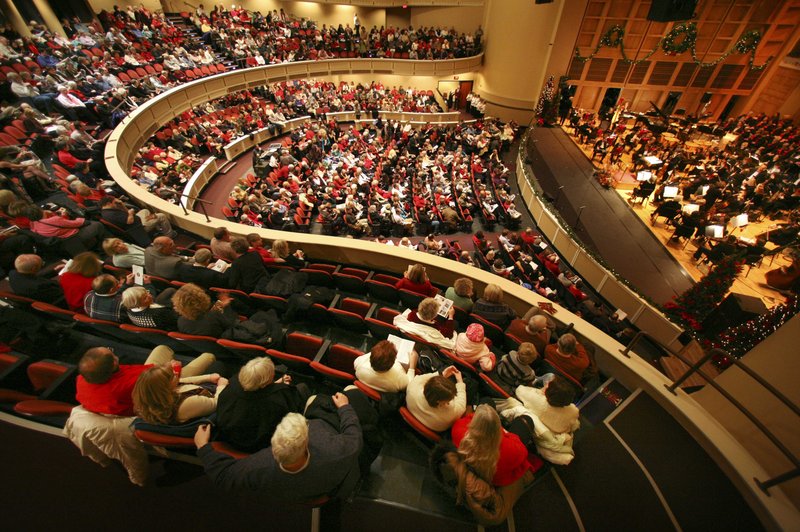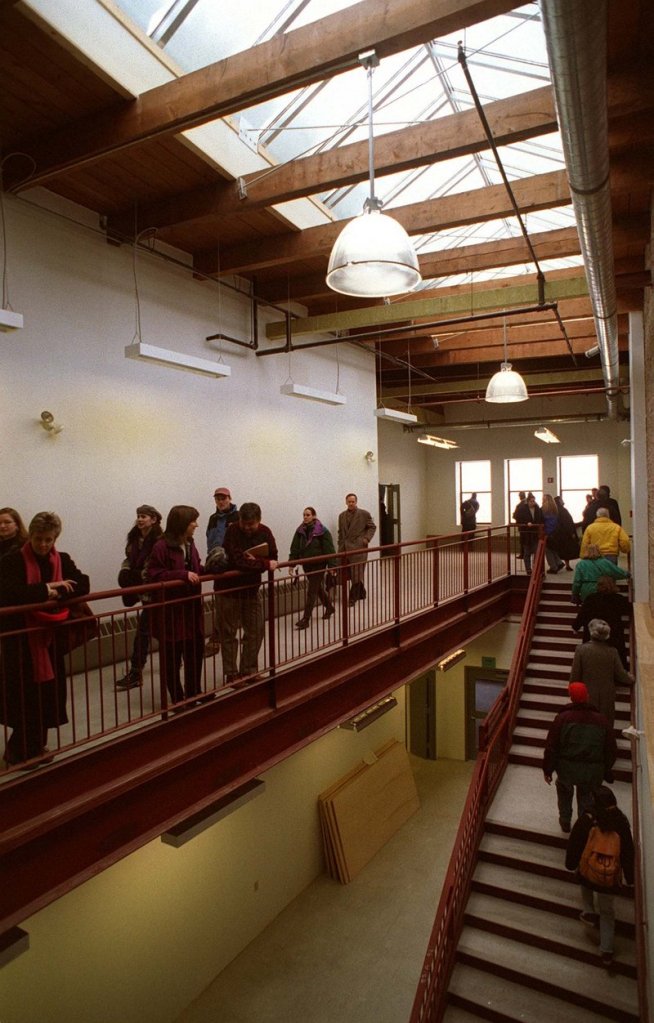Jessica Tomlinson tells a story about what it was like in Portland in the mid-1990s.
She and a friend ran an art gallery on Avon Street, between Congress Street and Cumberland Avenue by the Portland Museum of Art. Back then, aside from few other galleries in town, there was just one coffee shop, near the Maine Lobsterman statue on the edge of the Old Port.
Tomlinson and her friend went for coffee most Sunday mornings.
“We had this game that we played. We would walk from Joe’s Smoke Shop down to the Lobsterman, and we would walk down the yellow line of Congress Street to see how far we could get,” said Tomlinson, who does marketing and promotions for Maine College of Art.
“Many times, we could make it all the way without a problem. That was Congress Street in the ’90s. There wasn’t much around then. It felt like tumbleweeds going down the street.”
That was 1994. By the end of the decade, downtown felt like a very different place, and a lot of people believe the visual and performing arts had a lot to do with the revival of Congress Street. Today, arts and culture account for some $28 million in economic activity in Portland, according a survey by Americans for the Arts.
Think about it.
Back then, there was no First Friday Art Walk. That didn’t begin until 2000.
Merrill Auditorium did not reopen as a classy theater until 1997.
The State Theatre got its first significant redo in the mid-’90s.
The Portland Museum of Art, which opened its new building in 1983, hit its stride in the ’90s thanks largely to the leadership of former director Daniel E. O’Leary, who came to the museum from Minneapolis in 1993.
MECA began its move into a renovated Porteous Building in 1996. Until MECA worked out a deal to occupy the former department store, the city seriously weighed a proposal to turn the building into a five-floor flea market.
“In a lot of ways, the arts saved Portland in the 1990s,” said Andres Verzosa, owner of Aucocisco Galleries, which opened in spring 2000. “It was an interesting time. The scene was pretty sleepy, and Congress Street was pretty dreary. It felt more like a ground-up opportunity. There were no economic development programs for the arts, and no one was talking about the creative economy.”
Eventually, those conversations began.
After years of study and consultations, the city council adopted a plan to establish the Arts District. A community-based cultural organization, Portland Arts and Cultural Alliance, emerged with city funding at $80,000 a year. Today, the city funds PACA to the tune of $5,000.
In time, the Arts District flourished. Most people point to MECA’s move into a central building in the heart of the city as the linchpin for change. Roger Gilmore, MECA’s visionary former president, receives credit for having the foresight to push the plan.
With an arts school downtown, the city became vibrant. Young people moved in. Galleries opened, and many succeeded.
The visual arts were key in incubating an economic revival, but they were not alone. Portland has had a strong music scene going back to the ’60s. And the city’s performing arts organizations have been solid for generations.
But the theater scene gelled in the 1990s when Mike Levine and his cronies opened a community-based theater on Oak Street. Levine came to town from Boston in 1991 to work at Portland Stage, taking off on his own in 1994 to open Oak Street, which offered performance space to community groups.
Instead of competing with one another, theater companies cooperated, and their numbers grew. In the early 1990s, there were fewer than a half-dozen professional or semi-professional theater companies in town. By decade’s end, there were more than a dozen.
“A lot of people started thinking, ‘We can put on a show too,”‘ Levine said.
Oak Street closed in 2000, offering its model of community cooperation to the St. Lawrence Arts Center on Munjoy Hill. More recently, Lucid Stage on Baxter Boulevard has adopted a similar approach.
“Over the course of five years from the mid- to late-’90s, a lot of activity started happening in the theater scene that was not happening before,” Levine said. “We made it easy for people to produce theater as people got used to the idea of sharing space.”
Much has changed in Portland since the 1990s. Despite the recent economic downturn, it’s important that people remain patient and keep the long view in mind, Levine said.
“When you think back, it’s amazing the transformation that has happened,” he said. “One gets frustrated at the slow pace of things, but change like this does not happen overnight.”
Staff Writer Bob Keyes can be contacted at 791-6457 or: bkeyes@pressherald.com
Twitter: pphbkeyes
Send questions/comments to the editors.




